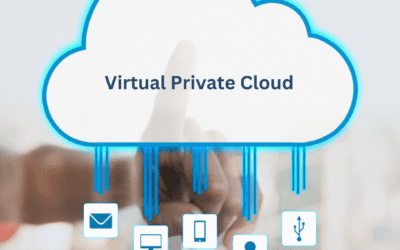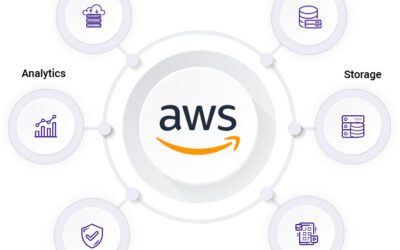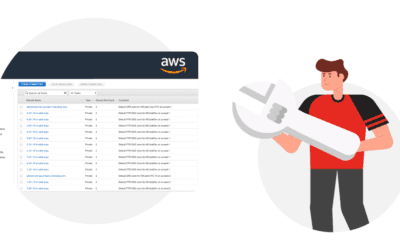Amazon sports a complex pricing model. As simple as the pay-for-what-you-use model sounds, there are several nuances to every service from data used to computing components chosen that can easily let users blow through their entire budget. That’s not to say AWS is an inherently expensive platform and can be adapted to with proper planning and understanding of the contributing factors to billing.
AWS Billing
AWS billing refers to the process of tracking and paying for the use of Amazon Web Services (AWS) products and services. AWS uses a pay-as-you-go pricing model, which means that users only pay for the resources they consume.
AWS Virtual Private Cloud
If whatever is being launched on AWS needs to be private, the Virtual Private Cloud (VPC) provides enough functionality for such a task. It grants full control over the virtual network environment from resource allocation to security and is simple to start up. There are options for choosing the IP range, creating subnets, and configuring route tables. The only connections to this network are completely user-defined.
AWS Cloud Computing Capabilities
Maintaining IT infrastructure is a painstaking, expensive venture with more than enough ways that the hardware can fail. But what if you didn’t have to? AWS provides this infrastructure to rent so that you can still run your applications and services without worrying about upkeep.
AWS Free Tier
Understandably, making the jump to the AWS cloud is not an easy investment to evaluate, especially from the perspective of a startup. Fortunately, AWS is generous enough to provide some hands-on experience with its various tools and utilities free of charge for either a short period of time or indefinitely depending on the service type. Here’s a rundown of everything you can expect from AWS’ Free Tier.
How to Troubleshoot AWS Billing Issues – Part 2
In our latest blog post on investigating AWS bill issues, we explored issues with CloudWatch and EC2
How to Troubleshoot AWS Billing Issues
Analyzing AWS Billing Issues If you're running software on AWS, then each month you'll end up troubleshooting AWS billing issues. This last month, my AWS bill for one of our internal accounts was higher than expected. Surprise, surprise! I started to investigate the...





